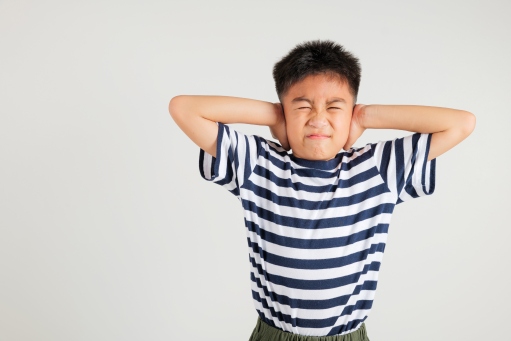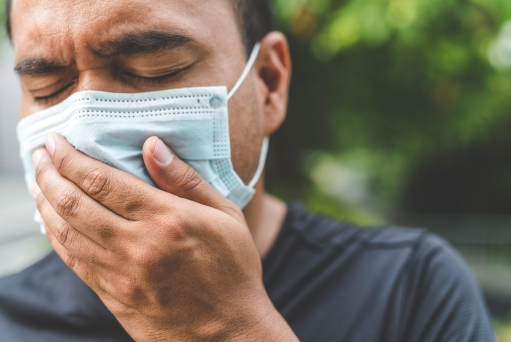
The festive season of Raya is a time of joy and celebration, marked by vibrant fireworks lighting up the sky. However, behind the dazzling displays lies a hidden danger that often goes unnoticed — fireworks pose significant health risks, particularly to the ears, nose, and throat.
“While anyone can be affected by fireworks, certain groups are more vulnerable, including children, elderly, pregnant women, and people with respiratory or hearing conditions. I encourage everyone to be mindful of the potential dangers and take precautions to protect your health and that of your loved ones,” said Dr Jeyanthi Kulasegarah, Consultant Ear, Nose and Throat (ENT) Surgeon at Subang Jaya Medical Centre (SJMC).

Common Health Risks Associated with Fireworks
Fireworks produce noise levels exceeding 150 decibels (dB), far above the safe hearing limit of 85 dB. These loud bangs and explosive noises can lead to hearing loss, tinnitus (ringing in the ears), ear pain, or, in extreme cases, a burst eardrum. Exposure to these high-decibel noises can cause both temporary and permanent hearing damage.
Also, the smoke and chemicals emitted by fireworks can cause throat irritation, bronchitis, and exacerbate pre-existing respiratory conditions like asthma. The fine particulate matter released can worsen allergies, triggering conditions such as rhinitis or sinusitis.
“When fireworks explode, they release chemicals and fine particles into the air. These include sulphur dioxide, nitrogen oxides, and particulate matter (PM2.5 and PM10), which can penetrate deep into the respiratory system. Inhaling these pollutants can cause throat and lung irritation, decreased lung function and inflammation of the respiratory tract,” shared Dr Jeyanthi.
Additionally, the metals used in fireworks to create various colours, such as barium, strontium, and copper, are toxic when inhaled and can harm the environment further. Studies have shown that fireworks can significantly spike air pollution levels, with concentrations of harmful chemicals rising during celebrations.
Preventive Measures to Minimise Health Risks
To reduce the health risks associated with fireworks, consider using earplugs or noise-cancelling headphones to protect your hearing during fireworks displays and keep a safe distance from fireworks to avoid excessive noise exposure and smoke inhalation.
“If you are sensitive to smoke, stay indoors or wear a mask. Stay hydrated and use saline nasal sprays to clear your airways and minimise respiratory irritation. Low-noise fireworks are also encouraged for a safer celebration, particularly in residential areas,” said Dr Jeyanthi.

When Should You Seek Medical Attention?
If you experience any of the following symptoms after being exposed to fireworks, it is crucial to seek medical attention immediately:
- Severe ear pain, hearing loss, or ringing in the ears (tinnitus)
- Difficulty breathing, wheezing, or a persistent cough
- Throat irritation, swelling, or hoarseness
- Nasal blockage, thick or smelly discharge from the nose
- Facial burns or nasal injuries
- Dizziness or balance issues after exposure to loud noises
Tips for Parents
If you plan to allow your children to play with fireworks, always supervise them closely while they handle fireworks. Teach your children the proper firework handling techniques, such as keeping a safe distance when lighting sparklers.
“Limit your children’s exposure to loud firecrackers to protect their hearing and encourage them to wear protective earplugs to minimise health risks,” said Dr Jeyanthi.
For individuals with respiratory issues, it’s essential to keep your inhaler nearby, stay indoors when pollution levels rise, use air purifiers to improve indoor air quality and gargle with salt water to soothe your throat.
Meanwhile, those with hearing sensitivity should wear noise-cancelling earplugs or earmuffs to protect their ears, avoid areas with excessive noise, and take breaks in quieter spaces to rest their ears.
While fireworks are integral to our celebrations, they come with hidden risks that can affect our ears, nose, and throat. We can enjoy these festive displays safely and protect ourselves and our loved ones from potential harm by staying informed and taking preventive measures.
Source:
